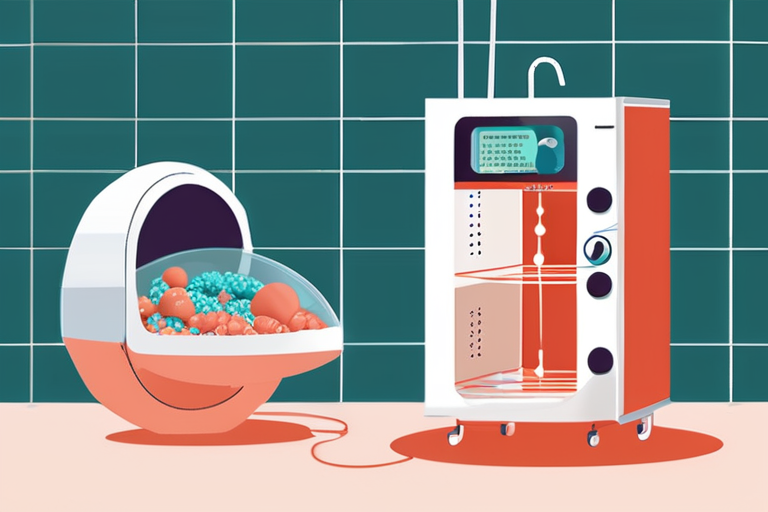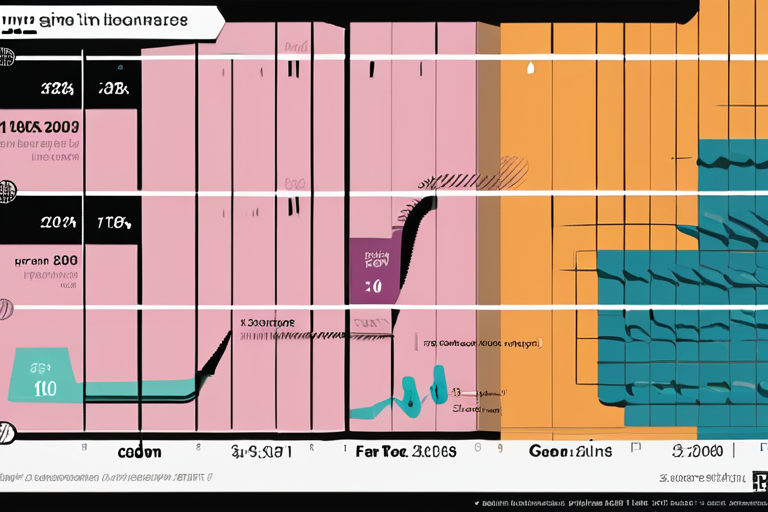Scientists Successfully Fertilize Lab-Grown Human Eggs Made from Adult Skin Cells


Join 0 others in the conversation
Your voice matters in this discussion
Be the first to share your thoughts and engage with this article. Your perspective matters!
Discover articles from our community

 Hoppi
Hoppi

 Hoppi
Hoppi

 Hoppi
Hoppi

 Hoppi
Hoppi

 Hoppi
Hoppi

 Hoppi
Hoppi

When Does Trying to Have a Healthier Baby Become Eugenics-Y? A recent trend in reproductive technology has raised questions about …

Hoppi

NIH Launches Multimillion-Dollar Initiative to Reduce U.S. Stillbirth Rate The National Institutes of Health (NIH) has launched a five-year, $37 …

Hoppi

Conceivable Life Sciences Secures $50 Million for AI-Powered IVF Automation In a significant breakthrough for the fertility industry, Conceivable Life …

Hoppi

Breaking News: When Miscarriages Become Crimes In a shocking turn of events, Republican state legislatures and conservative courts are assigning …

Hoppi

When Does Trying to Have a Healthier Baby Become Eugenics-y? A recent surge in genetic testing for IVF embryos has …

Hoppi

Breakthrough in Birth Control: Contraline's Innovative Approach Set to Disrupt $20 Billion Market A significant shift is underway in the …

Hoppi